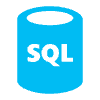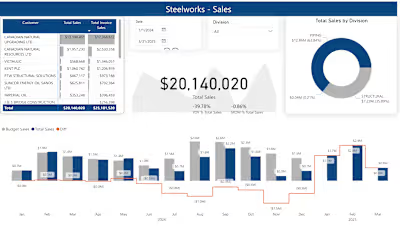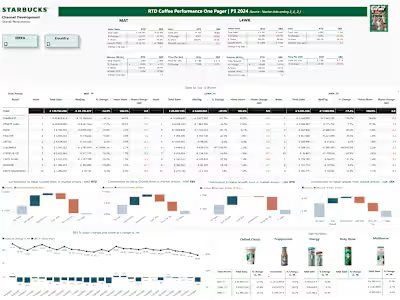HR Recruitment Company Management System
HR Recruitment Company Management System
"HR Recruitment Company Management System" project. This is designed to streamline and optimize our recruitment processes across multiple client organizations. The system will feature an interactive Power BI dashboard, tightly integrated with a relational database to track and manage client engagements, candidate pipelines, job openings, recruitment metrics, time-to-hire, and revenue generation.
Key Objectives
- Centralized Recruitment Management: Manage recruitment activities for multiple client companies from a single platform.
- Monitor Recruitment Metrics: Track key performance indicators (KPIs) across all clients and job openings.
- Assess Time-to-Hire: Measure the time taken from candidate selection to hire.
- Revenue Tracking: Monitor revenue generated from different clients and recruitment projects.
- Optimize Resource Allocation: Efficiently allocate recruitment resources based on client needs and job requirements.
- Enhance Client Reporting: Provide detailed and transparent reports on recruitment outcomes and performance to our clients.
Core Features
Client Management:
- Maintain a detailed directory of client companies, including contact details, industry, and specific recruitment needs.
- Track ongoing and completed recruitment projects for each client.
2. Job Openings Management:
- Catalog job openings by client, department, and role.
- Monitor the status of each job opening (open, closed, in-progress).
3. Candidate Pipeline Tracking:
- Track candidates through various stages of the recruitment process for each job opening.
- Visualize the candidate pipeline using funnel charts to show progression and drop-offs.
4. Time-to-Hire Analysis:
- Measure the average time taken from candidate selection to actual hire.
- Identify stages causing delays to streamline processes.
5. Revenue Generation Tracking:
- Monitor revenue generated from recruitment efforts per client and job role.
- Use financial data to analyze profitability and cost-effectiveness.
6. Recruitment Metrics Overview:
- Measure KPIs such as time-to-hire, cost-per-hire, and candidate quality at the client level.
- Compare recruitment performance across clients and roles.
7. Resource Allocation Dashboard:
- Track the assignment of recruitment consultants to different clients and job openings.
- Monitor consultant performance and workload to optimize resource allocation.
8. Client Reporting Module:
- Generate detailed recruitment reports for clients, including recruitment metrics, candidate pipelines, consultant performance, time-to-hire, and revenue.
- Customize reports to meet specific client needs and formats.
9. Diversity and Compliance Tracking:
- Ensure compliance with client-specific diversity and inclusion goals.
- Monitor compliance with local labor laws and recruitment regulations.
Data Sources and Integration
- Applicant Tracking Systems (ATS): Candidate submissions, pipeline stages, and hiring outcomes.
- CRM Systems: Client engagement records and communication logs.
- HR and Financial Systems: Recruitment costs, consultant performance data, invoicing, and revenue information.
Development Phases
1. Requirement Analysis:
- Conduct detailed requirements gathering sessions with stakeholders to understand needs and expectations.
- Document functional and non-functional requirements.
2. Data Collection and Integration:
- Integrate data from ATS, CRM, HR, and financial systems into a unified relational database.
- Use ETL processes to ensure data accuracy and consistency.
3. Dashboard Design and Development:
- Design interactive Power BI dashboards for client management, recruitment metrics, resource allocation, and client reporting.
- Create user-friendly visualizations, including funnel charts, bar charts, and pie charts.
4. System Implementation:
- Develop the backend system for managing client details, job openings, candidate pipelines, recruitment metrics, time-to-hire, and revenue tracking.
- Implement secure user authentication and role-based access controls.
5. Testing and Validation:
- Conduct thorough testing to ensure data accuracy, system performance, and user experience.
- Validate the system with a pilot group of users and gather feedback for improvements.
6. Deployment and User Training:
- Deploy the system to a production environment with appropriate security measures.
- Provide training sessions for recruitment consultants and client-facing teams on using the system.
7. Continuous Improvement:
- Collect user feedback to refine features and enhance system functionality.
- Regularly update the system based on changing requirements and technological advancements.
Expected Outcomes
- Improved Recruitment Efficiency: Streamline our recruitment process for multiple clients, reducing time-to-hire.
- Enhanced Client Satisfaction: Deliver detailed and customized reporting to clients, improving transparency and trust.
- Optimized Resource Utilization: Efficiently allocate recruitment resources to meet client needs and maximize productivity.
- Data-Driven Decision Making: Utilize recruitment metrics to make informed decisions and improve hiring strategies.
- Revenue Tracking: Monitor revenue generated
Like this project
Posted Aug 2, 2024
This comprehensive solution ensures efficient management and insightful analysis, helping you make informed decisions and optimize your HR operations.








